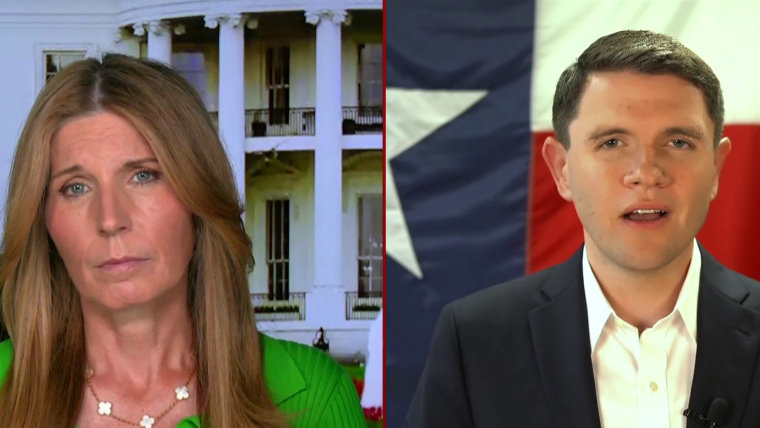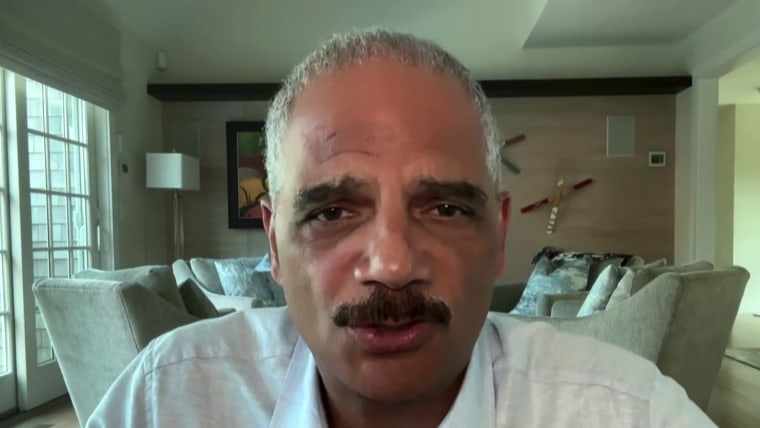The Supreme Court last week announced it wants to reconsider one of the core assumptions behind the Voting Rights Act: whether it’s even constitutional to intentionally draw congressional districts where Black or Latino voters make up the majority.
The justices requested new briefing in a Louisiana redistricting case, asking whether the creation of a second majority-Black district, meant to comply with Section 2 of the Voting Rights Act — which turns 60 this week — might violate the Constitution’s Equal Protection Clause. It’s a quiet but seismic signal. The court isn’t just skeptical of the Voting Rights Act’s power. It’s asking whether the law’s foundational remedy, majority-minority districts, is itself illegal.
I remember the frustration of trying to explain this to national reporters: We had the facts and still lost.
For those of us who’ve worked to protect the Voting Rights Act, this moment feels less like a surprise than a culmination. I spent years at the American Civil Liberties Union’s Voting Rights Project, where I helped lead public messaging through some of the most pivotal cases in recent memory. I helped coordinate the fallout from Brnovich v. DNC, a Supreme Court ruling that made it nearly impossible to prove that new voting laws discriminate against voters of color. But the fights that haunt me most happened in Georgia and South Carolina.
In South Carolina, our legal team showed — convincingly — that the Republican-led Legislature had deliberately drawn district lines to disenfranchise Black voters along the coast. A federal court agreed, calling the redistricting a “bleaching” of Black political power.
But the Supreme Court overturned the ruling anyway.
I remember the frustration of trying to explain this to national reporters: We had the facts and still lost. Georgia wasn’t much different. There, we fought maps that split Black communities just enough to dilute their voting power, a modern form of suppression so subtle it often escapes public notice.
But with each passing term, the court moved the goalposts. And I watched in real time as the Voting Rights Act, once one of the most forceful civil rights laws, was reduced to a ceremonial reference point.

For the last 10 years, the law has lived in two parallel worlds. In public, politicians from both parties issue statements honoring it. They speak of Selma and sacrifices, of John Lewis and moral clarity. But inside the courts, where the law is supposed to matter most, it has been hollowed out.
It began with Shelby County v. Holder in 2013, which struck down the Voting Rights Act’s preclearance formula and allowed jurisdictions with histories of discrimination to change voting laws without federal approval. Then came the Brnovich decision, which neutered Section 2’s power to challenge those laws after the fact. Now, with the court asking whether majority-Black districts are themselves unconstitutional, we’re nearing the logical endpoint of this erosion. A law designed to empower voters of color is being reframed as a threat to a “colorblind” Constitution.
The irony, of course, is that the tactics used to suppress voters of color have evolved. They don’t always look like Jim Crow. Today, suppression is algorithmic and bureaucratic. It’s moving polling places, manipulating district lines and purging voter rolls. And because the courts require increasingly unrealistic proof of discriminatory intent, these modern methods often slide by unchecked.
Republican officials, especially at the state level, understand this perfectly. They’ve mastered the art of voter suppression that can pass constitutional muster.
We cling to the Voting Rights Act because we want to believe that democracy, once secured, is permanent.
Louisiana’s Legislature drew a second Black district only after being ordered to do so by a lower court. That decision now hangs in the balance. And make no mistake: If the Supreme Court rules that race-conscious redistricting is unconstitutional, the consequences will stretch far beyond Louisiana. Dozens of districts across the country — including ones in Alabama, Georgia and North Carolina — could be legally unsettled overnight.
Democrats, for their part, haven’t been able to respond with the urgency this moment demands. The Freedom to Vote Act and the John Lewis Voting Rights Advancement Act languished in the Senate because the Democrats haven’t figured out how to win in purple states. The Biden administration’s Justice Department tried to do what it could, but it was limited by the tools the court dulled.
I don’t write any of this with cynicism. I write it with the perspective of someone who has tried to defend this law from the inside. I’ve seen organizers in the South build entire campaigns around the belief that the Voting Rights Act could still protect them. I’ve seen the hope — and then the heartbreak — when it didn’t.
We cling to the Voting Rights Act because we want to believe that democracy, once secured, is permanent. But that’s not true; it requires vigilance, leverage and capturing power. The Supreme Court’s message is becoming clearer by the term: Nostalgia isn’t a substitute for protection.
The Voting Rights Act still exists. But like so many monuments in American life, it’s starting to feel more like memory than law.

